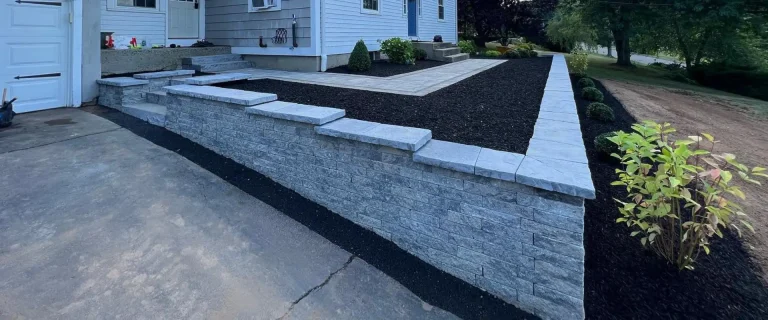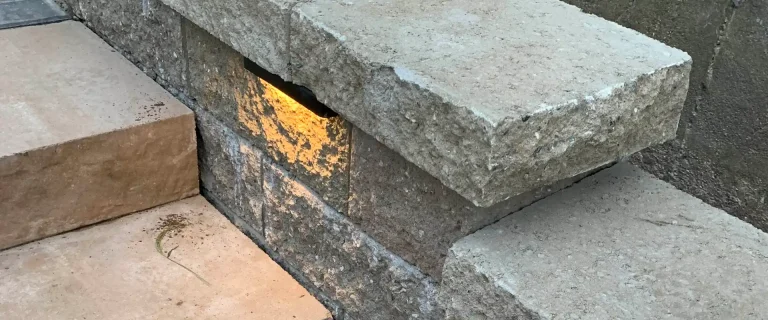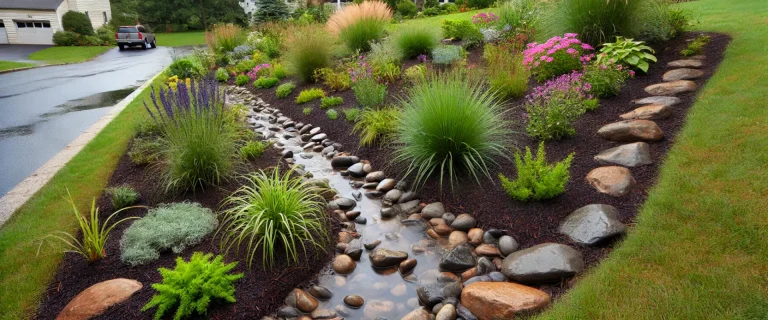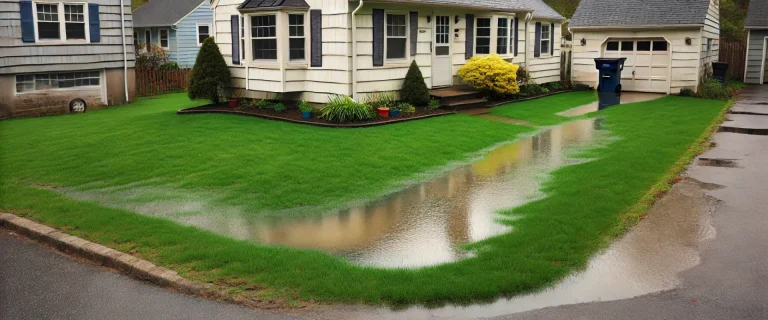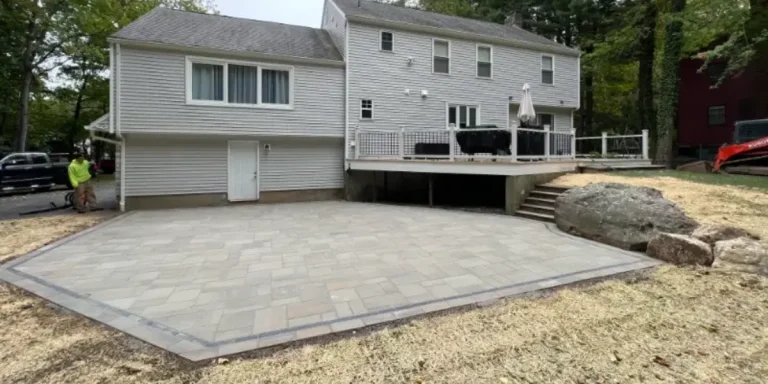Do I Need a Retaining Wall?
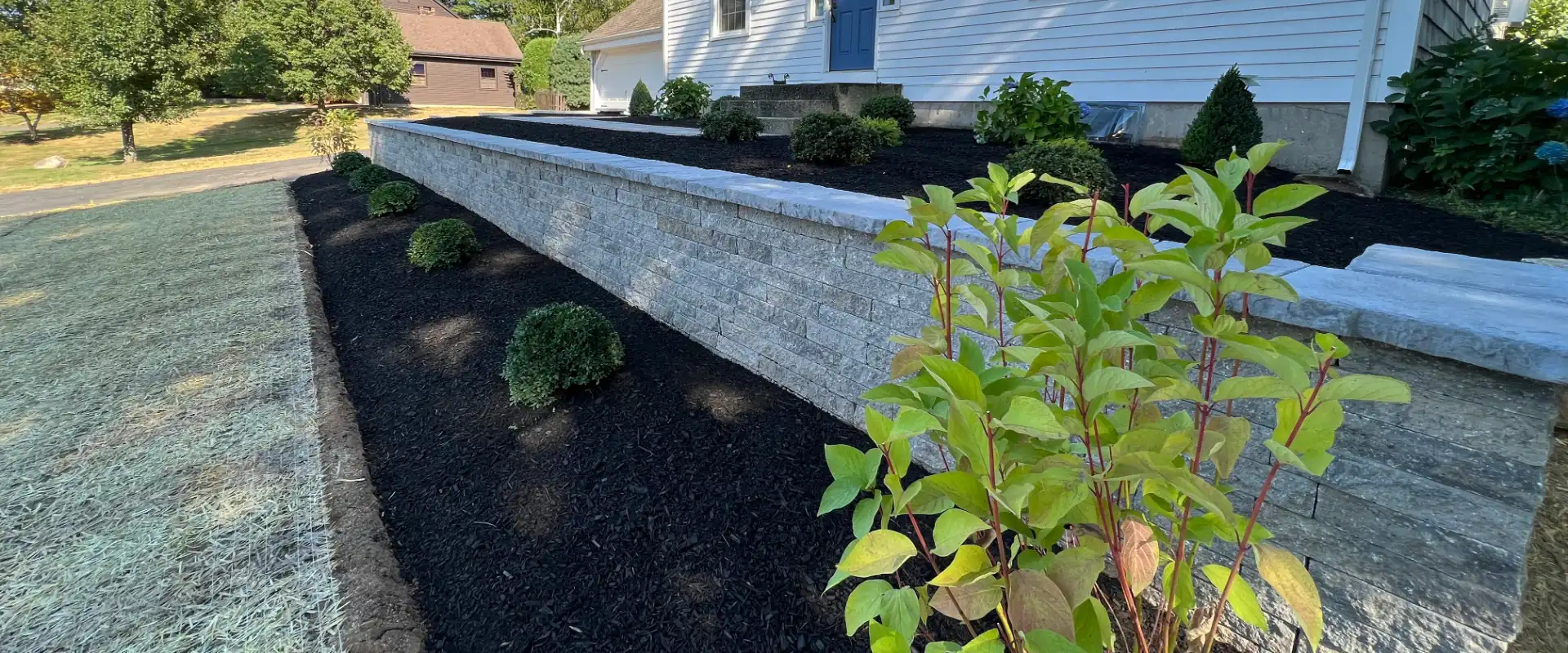
A retaining wall holds or retains soil behind it. While a retaining wall installation can seem like an enormous project, the process can actually be relatively pain-free when performed by experienced professionals. A well-made retaining wall can last for decades, so long as it is properly maintained. While materials used vary with the purpose, size, material, and other specifications and preferences, all retaining walls are built to hold back soil, water, and other natural elements from an area.
Retaining wall installation can help create a more livable and enjoyable yard space for your home. Retaining walls are especially helpful for creating flat outdoor spaces for homes built on a hill or slope. Have you found yourself asking, “Do I need a retaining wall?” Read on to find the details and answers about retaining walls from Scenic Landscaping.
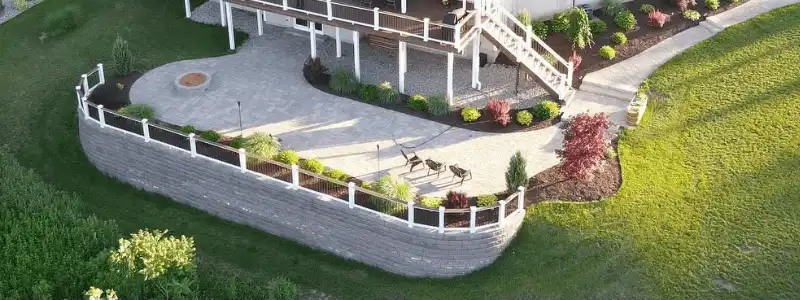
What are the Advantages of a Retaining Wall?
Prevents Erosion
A hill or slope on your property may contribute to soil erosion in your outdoor property. A retaining wall reduces the angle of a slope, helping to prevent water and wind from damaging your lawn.
Creates Useable Space
A retaining wall can create a flat, usable area if your property is on a hill, or add another level to your yard’s surface. If your property is on a slope, a retaining wall can allow you to have the flat yard or patio you never knew you could have. Adding a new space using a retaining wall can allow you to have a flower garden, a vegetable garden, or a terrace. Tiered garden retaining walls can add additional color and interest to your yard landscape.
Reduces Flooding
Owning property on or near a body of water poses a flood threat in situations of high winds or storms. To avoid or minimize flooding, installing a retaining wall may be a necessity. At the very least, a retaining wall will control the direction and flow of rainwater. Sea walls can help prevent high water levels from entering your property.
Adds to Property Value
Adding a retaining wall can improve yard aesthetics and property value. Retaining walls can add versatility to the yard space around your house. As a landscaping feature, a retaining wall adds interest and variety, raising your property’s curb appeal.
Reduces Environmental Impact
Retaining walls can help you keep your property environmentally friendly. They cause minimal disruption to your property’s natural vegetation while reducing storm-water runoff. Created from sustainable materials, retaining walls are affordable and durable. They blend into the natural surroundings of your yard.
Do I Need a Retaining Wall?
If you’re wondering whether you need a retaining wall, here are some questions to ask yourself.
- Is your home located at the bottom of a hill or a steep incline?
- Is the foundation of your home at risk?
- Do you worry about flooding in your neighborhood?
- Is your house located near a lake, a river, or the ocean?
- Does your community regularly experience flooding?
- Have waters in your area been rising to worrisome levels?
- Are you concerned about soil erosion?
- Do you want extra space in your yard for gardens or a terrace?
- Are you looking for a way to add interest or aesthetics to your property?
If your answer to any of these questions was “yes,” then you should definitely consider installing a retaining wall.
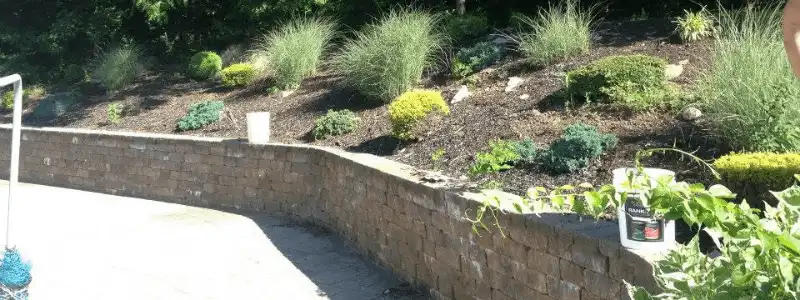
Different Types of Retaining Walls
Retaining walls may be made of timber, poured concrete, interlocking blocks, or natural stone. The purpose, appearance, size, and required durability, and strength are often deciding factors when it comes to material selection.
Additionally, location, natural drainage patterns, and soil type must be considered when deciding which type of retaining wall will work best. Gravity alone won’t always hold a retaining wall.
How can you decide on the best retaining wall for your needs?
Gravity Walls
Gravity walls use their weight to retain the soil. These are usually made of stone, large concrete blocks, or cast-in-place concrete. Gravity walls lean toward the soil. Their interlocking edges resist pressure from behind the wall. Gravity walls can be under four feet or as high as ten feet.
Segmented Walls
Segmental retaining walls are also used as gravity-based retaining walls. They use modular concrete blocks. The blocks may be mortared in place or dry-stacked without mortar. The blocks interlock to avoid overturning and sliding. These blocks are usually manufactured in a plant and may come with pins or clips. This type of wall can also easily be curved to fit your property.
Cantilevered Walls
Cantilever retaining walls use leverage to retain soil. They are often constructed in an inverted T-shape. Materials used for cantilever retaining walls include reinforced concrete or mortared masonry. The cantilevered wall is popular because it requires less material than a gravity wall. Cantilevered walls can be poured at the site. They can also be precast at a concrete plant. Cantilevered walls are usually under twenty-five feet high.
Counterfort Walls
Similar to cantilever walls, counterfort walls use support along the back of the wall to stay in place. Counterfort retaining walls use concrete webs. Built at an angle, these webs strengthen the wall’s stability. The concrete webs are placed at regularly spaced intervals along the length of the wall. Their purpose is to reduce the natural pressures from the soil. At the same time, they increase the weight of the wall. If you need a wall over 20 feet high, counterfort walls are a better choice than cantilever walls.
Sheet or Bored Pile Walls
Bored pile retaining walls are often used as a temporary measure to hold back soil, sand, silt, or water in deep excavations around marine locations as seawalls, and are often used in combination with structural columns or pier shafts. They are constructed of precast concrete, steel, vinyl, or wood planks. They are most often used in soft soil and/or tight spaces.
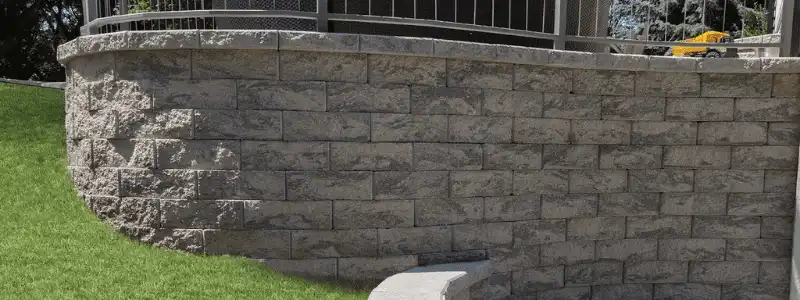
Retaining Wall Installation
There is an art to building a retaining wall. Although some DIY-ers are willing to take on such a project, they often discover it is more complicated than anticipated.
Retaining wall installation requires preparation of the area. The stability, appearance, and purpose of the retaining wall depend on first creating a level base. This step is often overlooked by those who do not realize the importance of creating a solid foundation on even ground.
Retaining wall installation is a procedure best completed by professionals. Poorly constructed retaining walls will not last long and can ultimately become a waste of time and money. This is why skilled professionals are the best choice for installing a retaining wall.
Scenic Landscaping LLC – Rocky Hill Retaining Wall Installation
Retaining wall installations are among the many services that Scenic Landscaping offers. If you want or need a customized retaining wall installed on your property, Scenic Landscaping’s knowledgeable, competent team can assess your needs and come up with a solution that best meets your needs and your budget. Scenic Landscaping will assist you in choosing the best materials and design for maximum benefits.
Contact Scenic Landscaping today if your answer to “Do I need a retaining wall?” is “Yes!”

